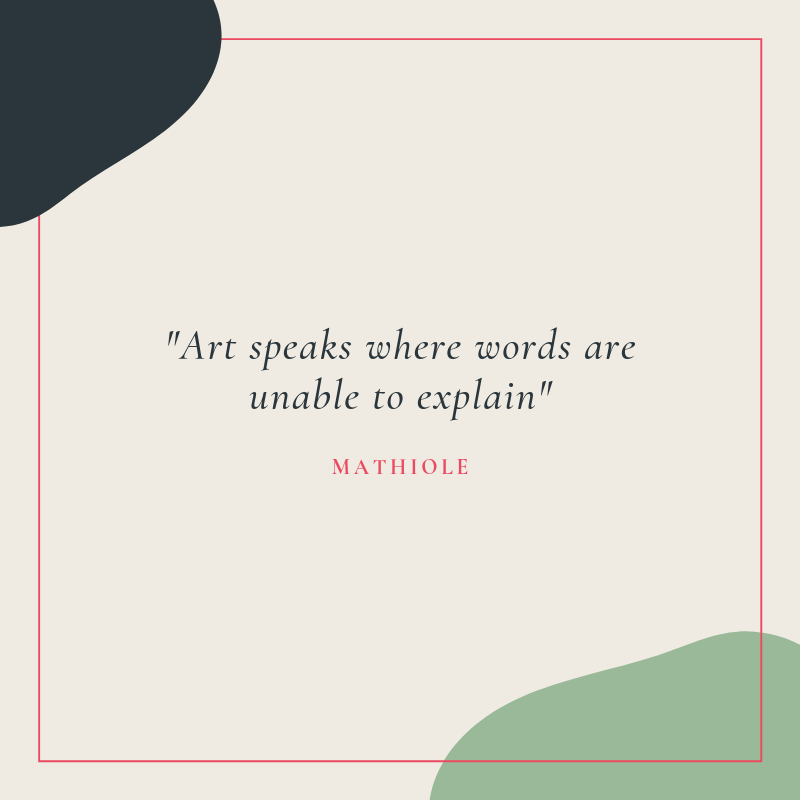ART SPEAK
July 19, 2019
THERE’S A (SHORT) TIME AND A (SMALL) PLACE
We’ve all had the experience of attending an exhibition or reading an article about one and wondering half way through yet another unwieldy and convoluted sentence why your native language feels like a foreign one. Worse still, you’re none the wiser about the art you sought to learn more about. This is where art speak fails and fails spectacularly, in my opinion. Even as an Art Historian, it trips me up more often than not.
Art speaks for itself most of the time. As you view it your own instinct and experience will tell you all you need to know about whether it speaks to you. Making links with art is based on emotion more than anything else. Any text that accompanies art should serve to connect you with the artist’s approach or motive in order to add to your experience of it.

There is a time and a place for art speak. Academic study of any subject, particularly one as complex as art calls for a wide ranging vocabulary at the very least. In this setting this language can be learnt as a matter of course by those who choose it. Outside this sphere though, it’s use is unnecessary and serves little purpose.
Anyway, art already has a language all of its own. Brushstrokes, colours and compositions are its alphabet, phrasing and grammar. Unlike its academic sister, it’s fantastically universal and wonderfully inclusive. No more needs to be said.
Add a comment
0 Comments